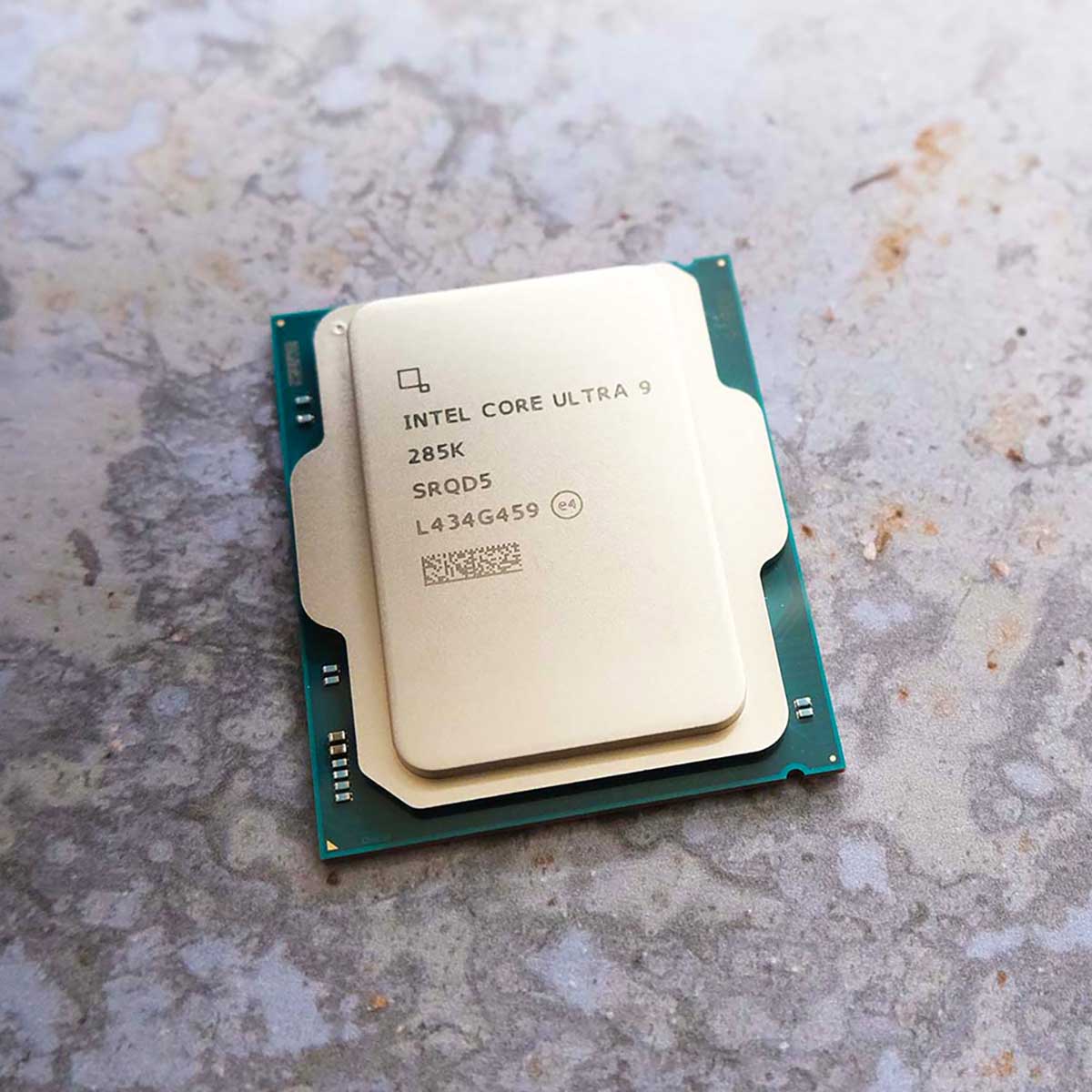It’s no secret that the Intel Core Ultra 200S series remains an underwhelming sore spot for the company, despite several attempts to address performance shortcomings relative to AMD rivals through fixes and patches. Unfortunately, the next batch of CPUs to join the processor family, dubbed ‘Arrow Lake Refresh’, probably won’t move the needle much at all in this respect, at least if the latest specification leaks prove true.
The last official word from Intel on Arrow Lake Refresh was that the lineup would launch sometime in 2026, serving as a stopgap prior to the meatier Nova Lake arrival in 2027. Despite there still being at least several months until the next generation of Core Ultra 200S chips hit store shelves, we may now know their final core and clock configuration as well as their branding.
Information recently obtained by Videocardz reinforces prior rumours of minor frequency increases across the range, as well as a small boost in maximum supported memory speeds. More interestingly, however, are changes to core counts, which echo changes seen in Intel’s last refresh, namely between the Core i7-13700K and Core i7-14700K.
| CPU | Core configuration |
|---|---|
| Core Ultra 9 290K Plus | 8P+16E (+0E vs. 285K) |
| Core Ultra 7 270K Plus | 8P+16E (+4E vs. 265K) |
| Core Ultra 5 250K Plus | 6P+12E (+4E vs. 245K) |
According to the leak, the Core Ultra 5 250K Plus and Core Ultra 7 270K Plus will arrive with with four additional E-cores than their already available counterparts, namely Core Ultra 5 245K and Core Ultra 7 265K, respectively. By contrast, Core Ultra 9 290K Plus will reportedly mirror Core Ultra 9 285K. This isn’t too surprising, as going beyond this number of cores would require a larger compute tile, requiring engineering beyond the scope of this refresh.
With identical core counts, it’s questionable just how much of a gap will exist between the Core Ultra 9 290K and Core Ultra 7 270K. The only key difference will be clock frequency, and with only modest changes here, it doesn’t look like there’s going to be much of a performance boost.
| CPU | P-Core (Base/Boost) | E-Core (Base/Boost) |
|---|---|---|
| Core Ultra 9 290K Plus | 3.7GHz / 5.6GHz | 3.2GHz / 4.8GHz |
| Core Ultra 7 270K Plus | 3.7GHz / 5.4GHz | 3.2GHz / 4.7GHz |
| Core Ultra 5 250K Plus | 4.2GHz / 5.3GHz | 3.5GHz / 4.7GHz |
The leak places boost frequencies at 100-200MHz above existing Core Ultra 200S processors. Higher clocks will increase performance but only marginally, bringing the value of the Core Ultra 9 290K Plus into question relative to Core Ultra 7 270K Plus.
From the looks of it, the best bang for buck will lie with the Core Ultra 7 270K Plus, offering the lion’s share of its siblings performance. There will still be value in buying a Core Ultra 9 290K Plus, but only to diehard enthusiasts seeking the greatest levels of performance and headroom. Taking Intel ‘Thermal Velocity Boost’ into account, the gap between the chips should grow to 400MHz with a reported maximum of 5.8GHz for the 290K.

Finally, Intel reportedly plans to improve native RAM speed support on these Arrow Lake Refresh CPUs from 6,400MT/s to 7,200MT/s. Of course, kits with XMP profiles will operate beyond these frequencies, providing you can afford them with all the chaos surrounding RAM prices right now.
It’s still difficult for me to muster any excitement for Arrow Lake Refresh. Higher core counts are enticing, but won’t prove as transformative as the likes of AMD’s 3D V-Cache, a feature that Intel hasn’t answered yet.
Why buy LGA1851, a seemingly dead-end platform, when you can put together an AM5 rig for much less money, and leave the door open to future processor generations? Arrow Lake Refresh simply isn’t shaping up to be a sufficient answer unless Intel is keeping something revelatory close to its chest.
Regardless, I’m keen to see how these new Core Ultra 200S processors perform when we can finally put them through the ringer. Until then, check out our best CPU recommendations to see what Intel’s upcoming chips are up against.
For more on Intel and all other players in the hardware space, make sure you visit the Club386 Google News feed and drop us a follow.

